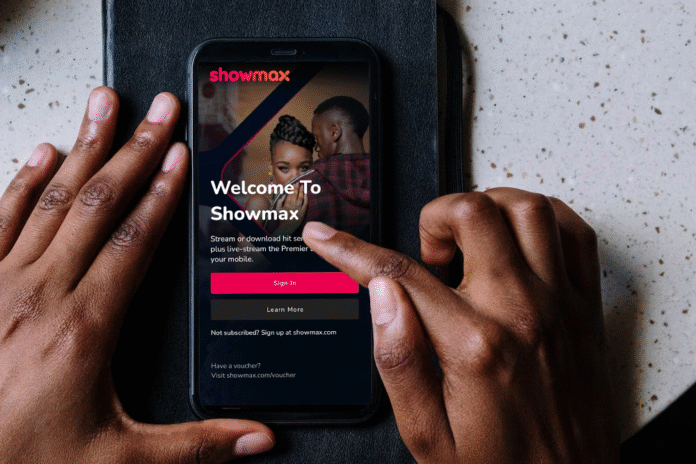Africa’s streaming industry is undergoing a rapid and unmistakable transformation, reshaping how the continent watches, listens, and engages with entertainment.
According to PwC’s Africa Entertainment and Media Outlook 2025–2029, over-the-top (OTT) platforms are seeing record growth, driven by cheaper smartphones, faster connectivity, and a youthful, tech-savvy audience hungry for on-demand content.
Kenya leads the continent with an 8.5 percent compound annual growth rate in streaming revenue, followed by Nigeria at 8.3 percent and South Africa at 6 percent.
Together, the three markets are expected to add nearly two million new streaming subscriptions by 2029.
The wider African subscription video-on-demand (SVOD) market is forecast to hit 3 billion US dollars in 2025, growing to almost 4.6 billion by 2030.
Showmax, the African-founded platform backed by MultiChoice and Comcast, has overtaken Netflix as the most-used streaming service on the continent.
Its success stems from its deep investment in local content and live sports, including exclusive English Premier League coverage.
Netflix, though available in all 60 African countries, holds a smaller share, focusing on Nigerian and South African original productions.
YouTube remains dominant for free, user-generated content, providing visibility and income for artists and creators. Amazon’s Prime Video trails the leaders but continues to expand, while Disney+ maintains a limited presence in select markets such as South Africa, Egypt, and Morocco.
New entrants are also shaking up the field. MTN and Synamedia are preparing to launch a pan-African streaming service, while Nigeria’s Kava, launched in 2025, is catering specifically to Nollywood audiences.
Industry consolidation is accelerating too. The 2025 acquisition of MultiChoice by French media giant Canal+ is set to create a pan-African powerhouse with nearly 50 million subscribers.
The market’s evolution is defined by local creativity and digital pragmatism. Streaming services are embracing a mobile-first approach, offering cheaper phone-only plans, while telecom operators bundle subscriptions with data packages and mobile money payments.
The rise of AI-powered “superapps” such as Yango Play reflects the growing appetite for integrated video, music, and interactive content.
Challenges remain persistent. Patchy internet coverage, high data costs, and piracy continue to undercut profitability and accessibility.



















